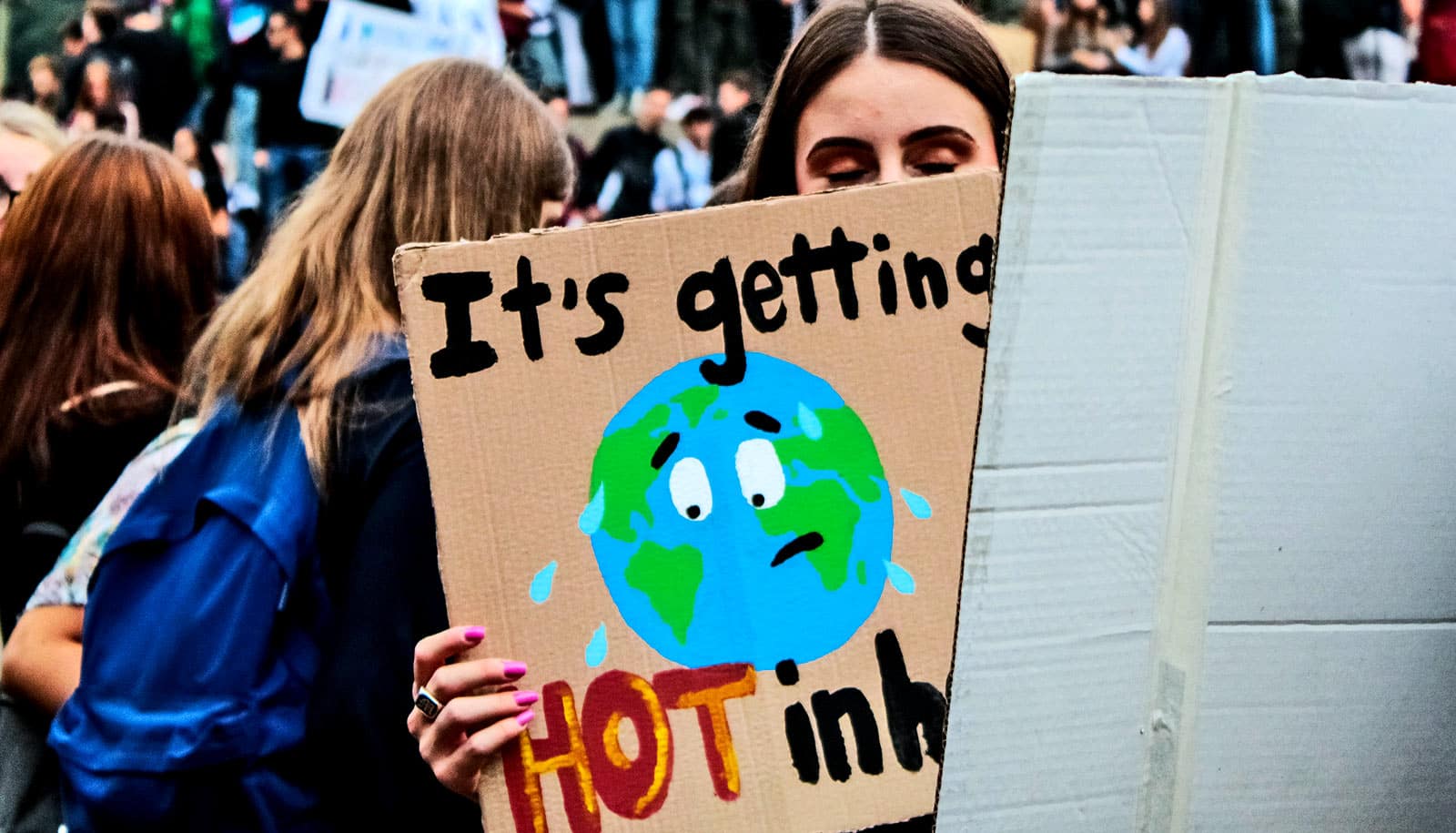Climate change could be shifting the limits of weather predictability and pushing reliable 10-day forecasts out of reach, report researchers.
The limit of reliable temperature, wind, and rainfall forecasts falls by about a day when the atmosphere warms by even a few degrees Celsius.
“Our results show the state of the climate in general has implications for how many days out you can say something that’s accurate about the weather,” says atmospheric scientist Aditi Sheshadri of Stanford University, lead author of the study in Geophysical Research Letters. “Cooler climates seem to be inherently more predictable.”
Widespread changes in weather patterns and increased frequency and severity of extreme weather events are well documented consequences of global climate change. These departures from old norms can bring storms, droughts, heatwaves, and wildfire conditions beyond what infrastructure has been designed to withstand or what people have come to expect.
Yet numerical weather models are still generally able to predict day-to-day weather 3 to 10 days out more reliably than they could in decades past, thanks to faster computers, better models of physical atmospheric processes, and more precise measurements.
The new research, based on computer simulations of a simplified Earth system and a comprehensive global climate model, suggests the window for accurate forecasts in the midlatitudes is several hours shorter with every degree (Celsius) of warming. This could translate to less time to prepare and mobilize for big storms in balmy winters than in frigid ones.
For precipitation, predictability falls by about a day with every 3 C rise in temperature. The effect is more muted for wind and temperature, with one day of predictability lost with each 5 C increase in temperature.
While global average temperatures have increased by 1.1 C (2 F) since the late 1800s, not all places are warming at the same rate. Some US cities have seen average annual temperatures rise by well over 2 C since 1970. Seasonal variations can be even more extreme.
Further analysis will be needed to assess whether winter weather is inherently more predictable than summer weather, Sheshadri says, but the new results strongly indicate a shorter time horizon for reliable weather predictions in places that warm beyond their historical norms.
The ‘butterfly effect’
The research comes as the United States government prepares to spend $80 million on supercomputing equipment for developing weather and climate models as part of the bipartisan infrastructure law enacted in November.
But the problem of predicting specific weather beyond 10 or possibly 15 days in the future with perfect accuracy isn’t one that can be solved with more computing power or better models. The chaotic nature of Earth’s atmosphere imposes insurmountable limits on forecasting.
This is the crux of meteorologist Edward Lorenz’s discoveries related to the “butterfly effect” in the 1960s. Lorenz found that minuscule differences in initial conditions—like the wind perturbations from a butterfly flapping its wings—produce dramatically different results in models of Earth’s weather system.
For each measure of barometric pressure, temperature, wind speed, and the like that might be included in numerical weather models, uncertainty is impossible to avoid. These imperfections propagate through the model over time, so as you look further into the future, the gap between predictions made from seemingly identical initial conditions grows. At a point, the results lose all resemblance to one another other and are indistinguishable from predictions based on realistic but random starting conditions. The computer model at this juncture is said to “lose memory” of its initial conditions.
Weather forecasts
There is value in unpacking the effects of atmospheric chaos. Meteorologists have long sought to identify the intrinsic limit of weather predictability, in part to find ways to improve models of Earth’s climate and atmosphere. The United Nations’ World Meteorological Organization has estimated the socioeconomic benefits of weather prediction amount to at least $160 billion per year.
“We’re working to understand what sets this finite limit of predictability, and also how it might change in different climates, so people can be prepared for these changes,” says Sheshadri, an assistant professor of earth system science at Stanford’s School of Earth, Energy, and Environmental Sciences (Stanford Earth).
For Earth’s middle latitudes, where most Americans live, the new research suggests errors propagate through weather models faster as temperatures rise, and there don’t appear to be any temperature thresholds where the trend shifts. According to the authors, this appears to be linked to the growth of storms known as eddies in the troposphere, the layer of atmosphere closest to Earth. Past research has shown that when air at the planet’s surface is warmer, changes in the vertical arrangement of heat and cold in the atmosphere fuel faster eddy growth.
“When the eddies grow quicker, the models seem to lose track of initial conditions very quickly. And that means that the window of prediction narrows,” Sheshadri says.
This research had support from Eric and Wendy Schmidt by recommendation of the Schmidt Futures program.
Source: Stanford University



